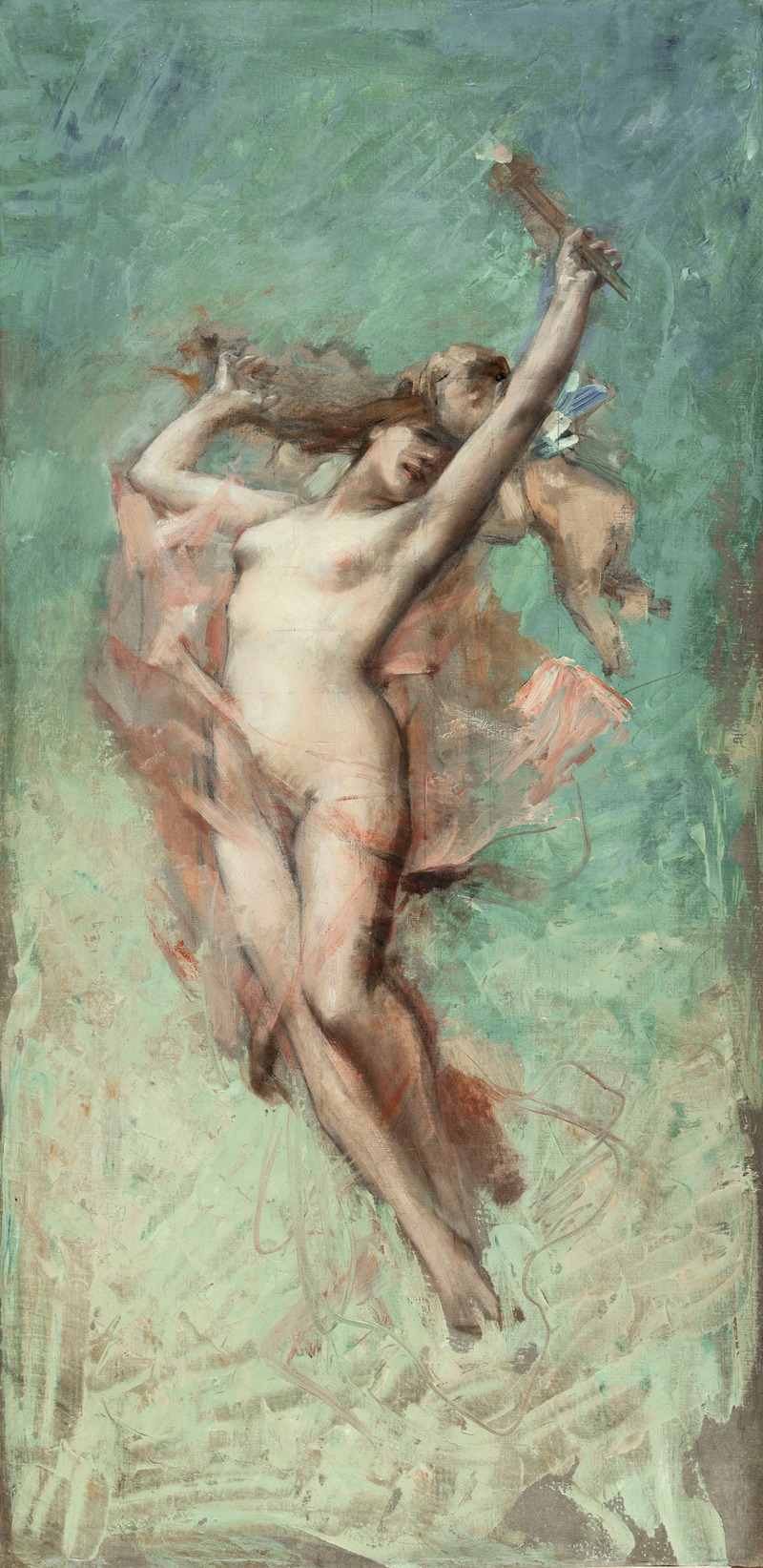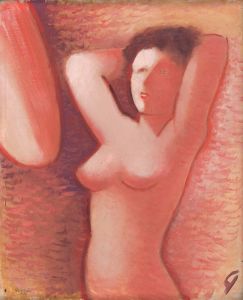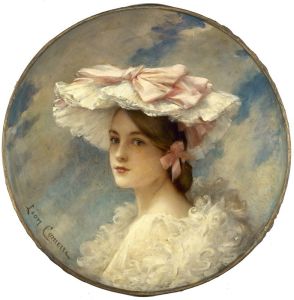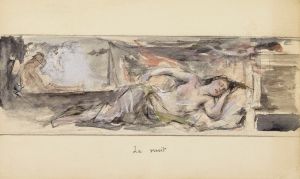
Le jour
A hand-painted replica of Léon François Comerre’s masterpiece Le jour, meticulously crafted by professional artists to capture the true essence of the original. Each piece is created with museum-quality canvas and rare mineral pigments, carefully painted by experienced artists with delicate brushstrokes and rich, layered colors to perfectly recreate the texture of the original artwork. Unlike machine-printed reproductions, this hand-painted version brings the painting to life, infused with the artist’s emotions and skill in every stroke. Whether for personal collection or home decoration, it instantly elevates the artistic atmosphere of any space.
Léon François Comerre was a French academic painter known for his portraits, genre scenes, and allegorical works. Born on October 10, 1850, in Trélon, France, Comerre developed a reputation for his skillful use of color and his ability to capture the delicate features of his subjects. He studied at the École des Beaux-Arts in Lille and later at the prestigious École des Beaux-Arts in Paris, where he was a student of Alexandre Cabanel, a leading academic painter of the time.
One of Comerre's notable works is "Le jour" (The Day), which exemplifies his mastery in portraying allegorical themes through the human figure. Although specific details about the creation and exhibition history of "Le jour" are limited, the painting is characteristic of Comerre's style, which often included idealized figures, rich drapery, and a focus on beauty and elegance.
"Le jour" is an allegorical representation, a common theme in Comerre's oeuvre, where he often depicted personifications of abstract concepts such as time, beauty, and nature. In this painting, Comerre likely employs a female figure to embody the concept of 'day,' using light and color to enhance the thematic elements. His work is known for its meticulous attention to detail, particularly in the rendering of textures and the play of light on skin and fabric.
Comerre's paintings were well-received in his time, and he exhibited regularly at the Paris Salon, where he won several awards, including the prestigious Prix de Rome in 1875. His works were also shown at international exhibitions, gaining him recognition beyond France. Comerre's style is often associated with the academic tradition, which emphasized technical skill and adherence to classical ideals of beauty.
Throughout his career, Comerre remained committed to the academic style, even as other movements such as Impressionism and Post-Impressionism began to gain prominence. His dedication to the traditional techniques of painting and his focus on allegorical and mythological subjects positioned him as a prominent figure within the academic art community of his time.
"Le jour" reflects Comerre's interest in exploring themes of light and time, using the human form as a vessel for these abstract ideas. The painting's composition, use of color, and attention to detail are indicative of Comerre's broader body of work, which often celebrated the beauty and grace of the human figure.
Léon François Comerre continued to paint and exhibit his work until his death on February 20, 1916. His paintings remain in various collections, both public and private, and continue to be appreciated for their technical excellence and aesthetic appeal. While "Le jour" may not be as widely known as some of his other works, it nonetheless represents Comerre's artistic vision and his contribution to the tradition of academic painting in the late 19th and early 20th centuries.
















